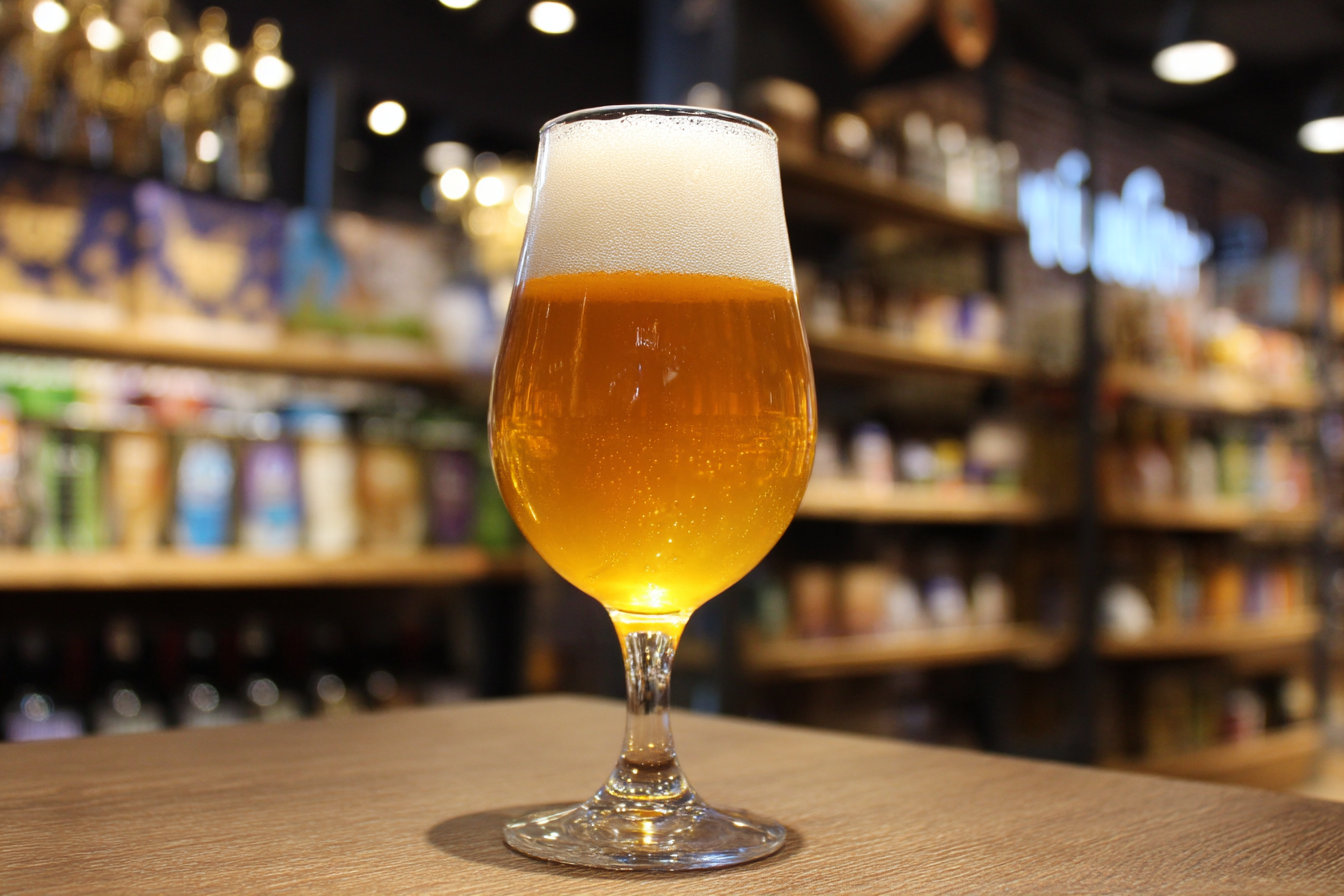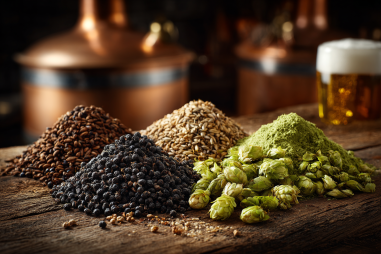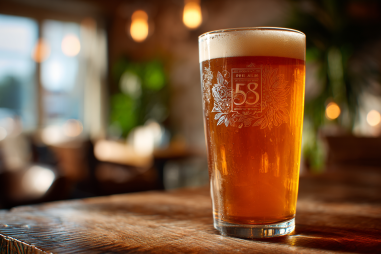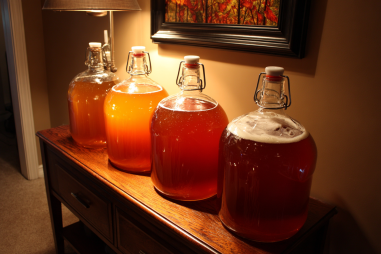Grisette is a delightful Belgian beer style that has captured the hearts of craft beer lovers around the world. Known for its light, crisp, and approachable nature, this beer offers a refreshing alternative to the more robust and complex Belgian ales typically found in breweries. With roots that trace back to the mining regions of Wallonia, grisette carries not only a unique flavor profile but also a rich history that adds to its charm. If you’re curious about what sets grisette apart, from its origins to its ingredients and serving suggestions, this guide will take you on a journey through everything you need to know about this cheerful, effervescent beer.
Introduction to Grisette Beer Style
Grisette is often celebrated as one of Belgium’s more modest and unpretentious beer styles. It is typically light-bodied, with a pale straw or golden color, making it highly refreshing and easy to drink. This style is characterized by its moderate carbonation and a touch of tartness, which make it perfect for hot summer days or as an accompaniment to lighter meals. Unlike some Belgian ales that feature intense yeast-driven spiciness or heavy malt complexity, grisette offers a more delicate balance that appeals to a wide range of palates.
Historical Background and Origin
The origin of grisette dates back to the 19th century in the Wallonia region of Belgium, particularly in the mining districts. The name “grisette” itself is believed to come from the French word “gris,” meaning gray, referring either to the gray clothing worn by miners or the typical color of the woman (grisette) who served these beers. It was a working-class beer designed to be light and hydrating for miners who needed a refreshing and lower-alcohol beverage after long shifts in the mines.
Grisette was brewed to quench thirst without overwhelming the drinker, thus it gained popularity among laborers and spread throughout the region. Over time, the style faded somewhat but has experienced a resurgence thanks to the craft beer renaissance, where brewers have revived and modernized many traditional beer styles, including grisette.
Key Characteristics and Flavor Profile
One of the most defining features of grisette is its crisp and clean taste. The flavor profile is often subtle, balancing a mild malt sweetness with a gentle bitterness and refreshing acidity. Typical flavor notes include:
- Light malt presence, often with hints of bread or biscuit
- Low to moderate hop bitterness, sometimes herbal or earthy
- Subtle tartness or fruity esters, sometimes reminiscent of green apple or citrus
- Effervescent carbonation providing a spritzy mouthfeel
- Minimal yeast character, avoiding the heavy phenolic or spicy notes common in some Belgian styles
The alcohol content usually ranges from 4% to 5%, making it sessionable and a great choice for a casual drink.
Ingredients Commonly Used in Grisette Beers
Grisette’s recipe tends to be straightforward but precise, designed to maintain its light and refreshing qualities. Common ingredients include:
- Pale malts: Often Pilsner malt is the base, providing a clean and slightly sweet malt backbone.
- Wheat malt: Sometimes included to add lightness and a hint of creaminess to the body.
- Hops: Traditional European hops like Styrian Golding, Saaz, or East Kent Goldings lend mild bitterness and subtle aroma without overpowering the beer.
- Water: The mineral content of the water can influence the crispness and mouthfeel.
- Yeast: Clean-fermenting ale yeast strains are preferred to produce minimal esters and phenols, preserving the beer’s refreshing nature.
- Adjuncts: Occasionally, a small amount of sugar or spices might be added to balance the flavors, but this is less common in traditional recipes.
Comparison with Other Belgian Beer Styles
Belgium is famous for its many distinctive beer styles, such as saisons, lambics, dubbels, and tripels. Grisette often invites comparison, especially with saison, because both are light, farmhouse-style ales with a crisp finish. Yet, there are important differences:
- Grisette vs. Saison: While saisons usually have a more complex yeast character featuring peppery, spicy, and fruity notes, grisettes are cleaner and less aromatic. Saisons also tend to have a fuller body and higher alcohol content.
- Grisette vs. Witbier: Witbier is a wheat beer brewed with spices like coriander and orange peel, resulting in a cloudy appearance and pronounced citrus/tangy flavors. Grisette is clearer and lacks these added spices.
- Grisette vs. Pale Ales: Some Belgian pale ales share the lighter malts, but they often carry more pronounced hoppiness and deeper flavors. Grisettes focus on balance and approachability.
This simplicity and drinkability set grisette apart as a pleasant everyday beer.
Popular Grisette Beers to Try
If you’re eager to taste some classic examples, here are a few popular grisettes that represent the style well:
- Brasserie de la Senne’s Grisette: A delicate and lean interpretation with bright carbonation and gentle fruitiness.
- Blaugies’ La Moneuse: A traditional grisette that balances malt sweetness and lightly tart citrus notes perfectly.
- Atlas Brewing Company Grisette: An American craft example inspired by Belgian roots, offering crispness with a modern twist.
- Brasserie Dupont’s À La Fût Grisette: Brewed in honor of the traditional style, showcasing exceptional balance and flavor clarity.
Brewing Techniques Unique to Grisette
Brewing a grisette requires attention to maintaining its light, refreshing character. Some techniques typical for grisette production include:
- Lower mash temperatures: Often mashed at temperatures around 146-150°F (63-65°C) to promote fermentable sugars, resulting in a drier finish.
- High attenuation yeast: Utilizing yeast strains that fully ferment the sugars, producing a crisp, dry beer.
- Moderate hopping: Light hopping early in the boil to avoid excessive bitterness while preserving subtle hop flavor.
- Extended conditioning: Allowing the beer to mature on the yeast for several weeks, increasing carbonation naturally to create vibrant bubbles.
- Soft water profile: Using water low in minerals to complement the light malt profile without harshness.
These methods help ensure that the beer remains true to its refreshing and easy-drinking reputation.
Serving Suggestions and Food Pairings
Grisette shines best when served cold, typically between 43-48°F (6-9°C), in tulip or stemmed glasses that help concentrate the delicate aromas and preserve the effervescence. Its carbonation lifts flavors and cleanses the palate, making it highly food-friendly.
Ideal food pairings include:
- Light seafood dishes like grilled shrimp or oysters
- Fresh salads with citrus vinaigrette
- Soft cheeses such as goat cheese or fromage blanc
- Light poultry preparations like lemon-herb chicken
- Simple appetizers such as crusty baguette with butter or mild pâtés
Because of its mild bitterness and crisp finish, grisette also works well as a stand-alone refresher after a warm day.
Why Grisette Remains Popular Today
Grisette’s enduring appeal comes from its inherent versatility and unpretentious nature. At a time when many beer lovers seek complex, bold flavors, grisette offers a welcome palate cleanser—light, balanced, and effortlessly drinkable. Its history as a working-class beer gives it authenticity and a lovely story that resonates with many craft enthusiasts.
Moreover, the recent revival of farmhouse ales and regional beer styles has helped grisette find new fans who appreciate its charming simplicity. Craft brewers around the globe are experimenting with grisette, using local ingredients and innovative brewing techniques to keep the tradition fresh and relevant. Whether you’re an experienced beer aficionado or just beginning your craft beer journey, grisette is a delightful style worth discovering.







